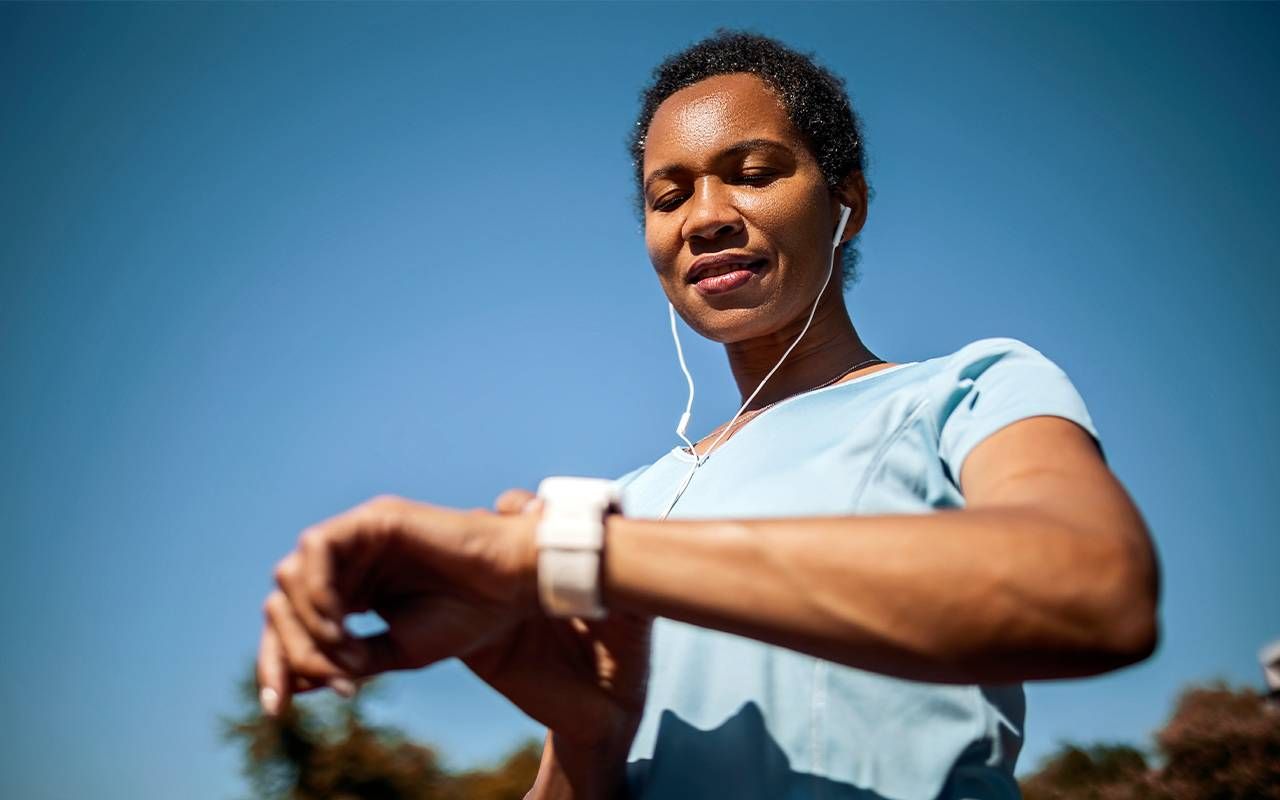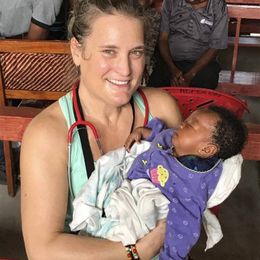Wearable Technology: Sleek and Streamlined
The world of health-oriented wearables is expanding and here are some of the latest options
If you haven't heard of wearable health technology, you will be surprised to discover the many body measurements that can be recorded on a watch or a ring. It started with the Fitbit, the familiar groundbreaking wearable band developed in 2007 to track steps; in later years, new models incorporated the body's heart rate, sleep cycle and stress responses.

These wearable devices aren't becoming "bigger and better" — they are more fashionable and discreet. Like the smartphone progression, sleek and streamlined is what the next-generation wearable technology is all about.
The better the skin-to-surface connection, the more accurate the readings.
"In wearables, flexibility, stretchability, and washability are all key requirements," says Dr. Veena Misra in a two-part article for WebMD. The current design for all wearables has hard outer skin and doesn't move seamlessly with the body.
The better the skin-to-surface connection, the more accurate the readings. A wearable health monitoring device has to move with the body and not cause gaps or friction. Sweat and temperature changes can alter measurements; some devices are less accurate than others.
Trackers vs. Smartwatches
In wearables, flexibility, stretchability, and washability are all key requirements.
A tracker, such as the Fitbit, measures movement and activity levels. It will measure speed, gait and length of time spent exercising and track different exercises such as running, cycling, yoga and lifting weights.
A smartwatch is connected through Bluetooth to a smartphone and has all the tracking capabilities as the Fitbit with smartphone apps and connections.
Text messages and telephone conversations can be made over the watch face with the phone as far as 30 feet away. In addition, some watches and Fitbit can take and track blood pressure throughout the day.
The Latest In Wearable Technology
Health and fitness tracking can now be done with a ring. The Oura ring is a sophisticated vital sign tracking device with over 20 tracking capabilities.
The data collected with this ring creates a "readiness score" that indicates the overall wellness of the wearer. The ring compiles and sends data on heart rate, respiration, temperature, sleep cycles, oxygen and activity levels.
These advances in health tech enable the wearer to monitor the body's overall health in real time by uploading directly to an app on a smartphone. The readiness score is between 0-100 and is given every morning after measuring the sleep cycle.
The Oura ring can distinguish between sleep patterns, noting REM sleep and time spent in restful sleep. With the readiness score, you can better plan your day.
The ring sends messages to the app on your phone, such as "looks like you got restorative sleep last night, try to push yourself a bit more today," or "your resting heart rate average shows you didn't sleep well last night, take it easy today."
Sleep quality, heart and respiratory rate, temperature and oxygen levels are important factors in measuring the readiness score. Moreover, the wearer can watch their body's reaction to exercise, set measurable goals and be informed on the success of meeting these goals.
When the readiness score is lower, rest and other adjustments can be made to maintain optimal health. The Oura ring claims it can "tell you when you might be getting sick, sometimes even before you get symptoms."
Women's health temperature tracking is essential for watching their ovulation cycles closely. Kaylee, a woman in her early 30s, purchased an Oura ring specifically for the temperature readout capability in predicting ovulation.
"I found the Oura ring's temperature more accurate for predicting my cycles. When I check my temperature on my own and chart the daily readings, there are so many factors that can alter the result." She adds it's easy to identify when ovulation is expected and helps with fertility issues and pregnancy planning.
Who Wears Wearables?
A 2020 study in Pubmed showed that close to 30% of adults in the US wear health tracking devices. The demographics of this group tended to be younger, tech-savvy, active, middle to upper-class Americans.
Close to 30% of adults in the U.S. wear health tracking devices.
The cost can be an issue; the best technology is costly, and the newest Apple watch costs $400-$800. Comparatively, depending on the material, the latest Oura ring costs $350-$550.
A study presented at the American Heart Association Scientific Sessions 2022 reported that people in need of wearable health devices like smartwatches and fitness bands were less likely to use them.
"We need to ensure that wearable devices reach the people who need them the most, by improving equitable access and promoting wearables as health devices to help improve health and decrease health disparities," said study lead author Lovedeep S. Dhingra, a postdoctoral research fellow from Yale School of Medicine.
The vast capabilities of wearable technology help with fitness levels and sleep cycle monitoring and provide important information about the cardiovascular system. For example, the ability to track blood pressure, heart rate, respiration and blood oxygen levels can give early warning signs of an illness or chronic disease.
This technology reports physical well-being and bodily responses, allowing people to understand better the human body's complexities and the effects of exercising, sleep habits, daily activities and life stressors.


